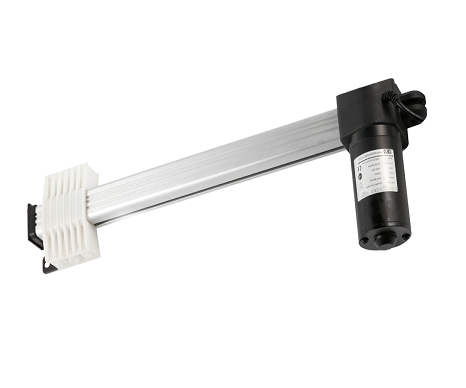
In the wave of intelligent manufacturing, industrial linear actuators, as key executive components in automated equipment, their technological innovation is crucial for promoting the intelligent and efficient development of industrial production. In recent years, significant breakthroughs have been made in material science, control technology, and structural design of industrial linear actuators.
In terms of material selection, high-strength lightweight alloys and high-performance composite materials are gradually replacing traditional metal materials. For example, industrial linear actuators made of titanium-aluminum alloys not only have a significant reduction in weight but also possess excellent corrosion resistance and fatigue resistance, making them suitable for harsh industrial environments. At the same time, in terms of control technology, the introduction of intelligent control systems enables industrial linear actuators to achieve precise positioning and adaptive adjustment. By integrating sensors and microprocessors, the actuators can real-time monitor parameters such as load, displacement, and speed, and conduct intelligent control according to preset programs or external commands, greatly improving the accuracy and stability of production.
In addition, structural design innovation also brings more possibilities for industrial linear actuators. The modular design concept makes the assembly, maintenance, and upgrading of actuators more convenient, and solutions can be quickly customized according to different industrial scenarios. Some new industrial linear actuators also have self-diagnosis and fault warning functions, further enhancing the reliability and service life of the equipment. In the future, with the deep integration of technologies such as artificial intelligence and the Internet of Things, industrial linear actuators will develop towards a more intelligent, integrated, and green direction, continuously injecting new impetus into intelligent manufacturing.
